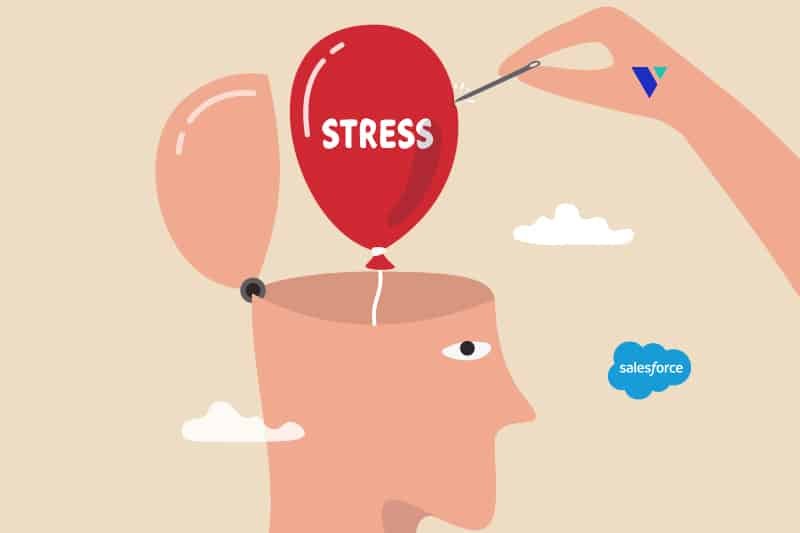Why More Doctor’s Offices Are Going Digital Without Anyone Noticing

Walk into a doctor’s office today, and on the surface, not much seems different. The walls still have health posters. There are still chairs lined up for patients to wait. The front desk still has someone greeting people. But behind the scenes? Things are changing fast—and most people don’t even realize it.
Doctor’s offices are going digital in quiet ways that actually make everything smoother. This doesn’t mean robots are replacing nurses or that patients are talking to machines instead of doctors. It means that a lot of the work doctors used to do—or had to hire full-time staff for—is now being handled digitally, with help that most patients never see.
What’s Going On Behind the Scenes?
When people think of “going digital,” they often imagine big computers or complex apps. But for doctor’s offices, it’s not about flashy tech. It’s about solving old problems in new ways.
One big change is how doctors handle all the tasks that aren’t actually medical. Think about all the phone calls, scheduling, paperwork, billing, insurance follow-ups, and messages that come through every day. Doctors don’t go to school for that—but their days are packed with it. Now, many are using virtual medical assistant services to take care of that work without hiring extra in-office staff.
These virtual assistants aren’t robots or software—they’re real people trained to help medical teams from a distance. They answer phones, manage calendars, confirm appointments, update records, and handle messages, all while working remotely. Patients often have no idea the person on the other end of the phone isn’t physically in the building.
And that’s the point: everything still feels normal, just more efficient.
Why Doctors Needed the Change
Most people don’t realize how much non-medical work falls on doctors and their teams. Running a medical practice is a full-time job on its own, even without seeing patients. Before going digital, a lot of this work meant long hours, distractions during visits, and frustrated patients waiting too long for answers.
Here’s the thing—doctors didn’t go into medicine to manage appointment reminders and insurance codes. They did it to help people. But all that admin work was getting in the way.
Going digital lets them hand over those tasks to trained support who don’t even need to be in the same building. It gives doctors more time to do what they’re best at: focusing on patients.
Patients Get the Benefits Too
This shift isn’t just helping doctors. It’s making the entire patient experience better. Appointments get booked faster. Messages get answered quicker. Wait times drop. It’s easier to call and talk to someone when something’s wrong.
And because doctors aren’t so rushed or distracted by admin work, the time they spend with patients actually improves. More eye contact. More listening. Fewer mistakes.
It’s the kind of change that makes a big difference without anyone needing to download an app or learn new tech.
It’s Not Just About Saving Time—It’s About Saving Sanity
Healthcare is tough. Long hours, complicated systems, and constant demands wear people down. That’s why burnout is such a big problem in medicine right now.
Going digital doesn’t fix everything, but it gives doctors breathing room. They don’t have to stay late just to finish paperwork. They don’t have to spend their weekends calling insurance companies. They can spend more time with family, get rest, or just enjoy the job again.
For smaller clinics or solo doctors, this kind of support is a game-changer. It means they can run their practices without needing to hire more people, train them, or expand their office space. Everything just happens more smoothly, quietly, and affordably.
So Why Hasn’t Everyone Noticed?
That’s the wild part—these changes are invisible to most people. There’s no huge sign on the door saying “We’re digital now!” There’s no new device handed out to patients.
Everything looks the same on the outside. But inside, the way work gets done has totally shifted.
That’s kind of the goal. Going digital in a smart way doesn’t mean changing how patients interact with their doctor. It means making sure those interactions are better without adding stress or confusion.
The best digital upgrades are the ones nobody notices—because everything just works better.
What Happens Next?
As more doctors realize how much time and energy they’re saving, this quiet shift will keep spreading. New clinics are already opening with virtual systems in place from the start. Older practices are finally making the move after years of putting it off.
And technology keeps improving too. Soon, more virtual assistants will be trained to help with medical coding, billing questions, and patient follow-ups. Doctors won’t need to worry about juggling so many tasks at once.
It’s not about making healthcare colder or more robotic. It’s about removing the clutter that gets in the way of good care.
Key Takeaways to Remember
Doctors’ offices are changing—but they’re doing it quietly. Instead of dramatic changes, they’re adding behind-the-scenes support that patients barely notice but absolutely benefit from.
Virtual medical assistants are doing the kind of work that used to bog down doctors and nurses. This means better patient experiences, faster service, and happier doctors who aren’t stretched so thin.
And the best part? You probably won’t even notice anything’s different. You’ll just feel like everything works a little better.
If this kind of change continues, the future of healthcare won’t just be more digital—it’ll be more human too.
Got thoughts or questions? Talk about it. These quiet changes matter more than most people realize.




